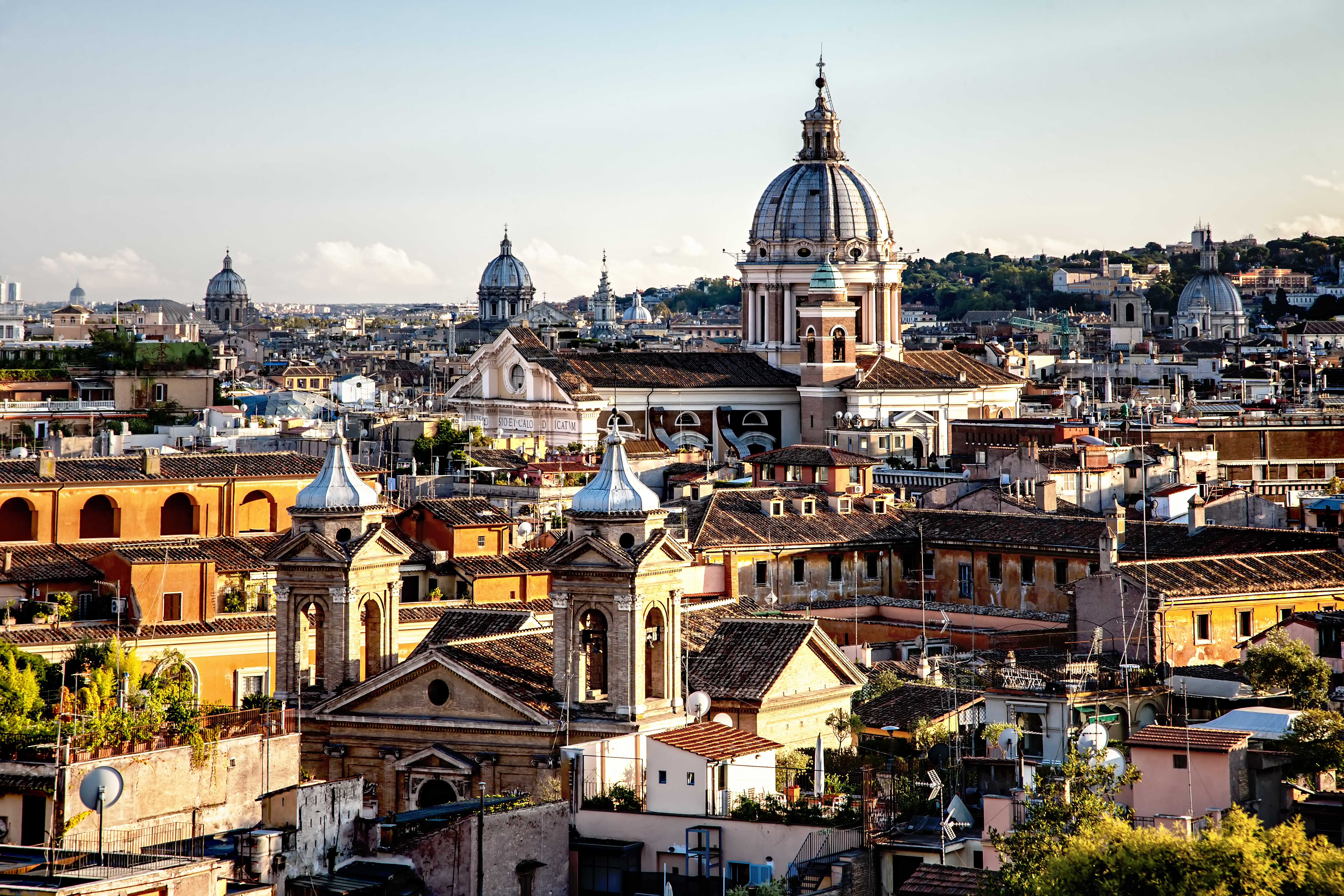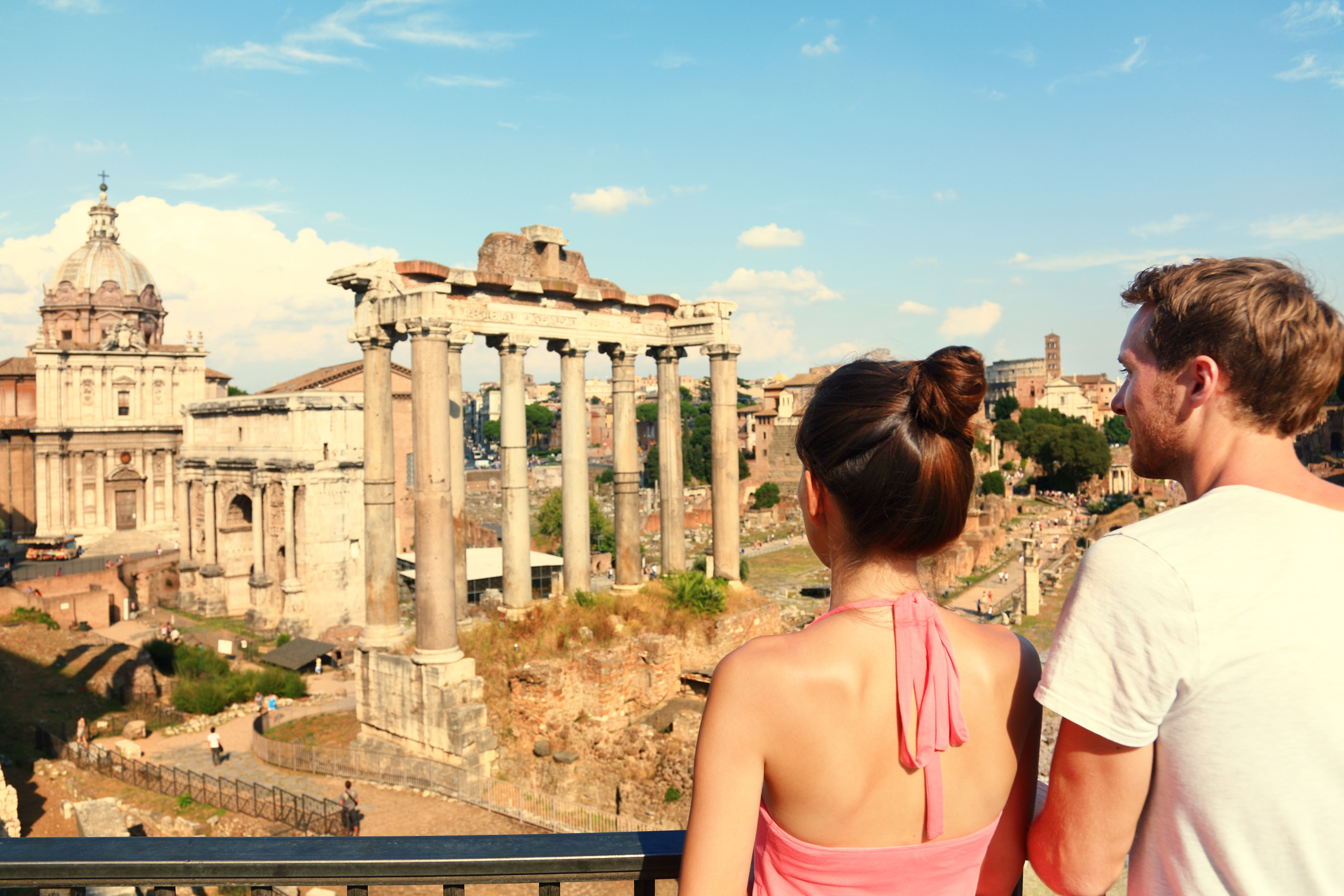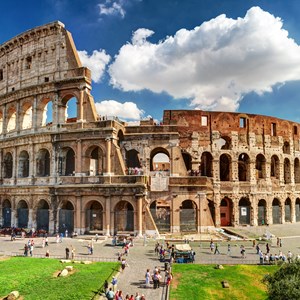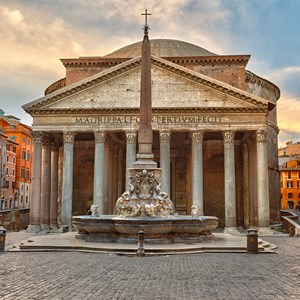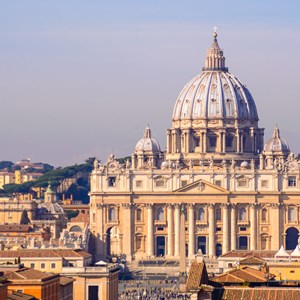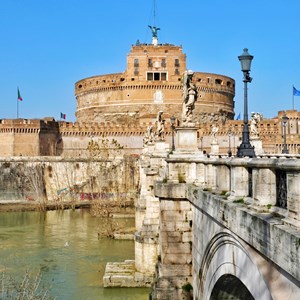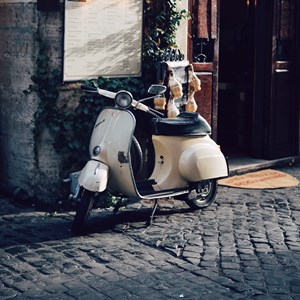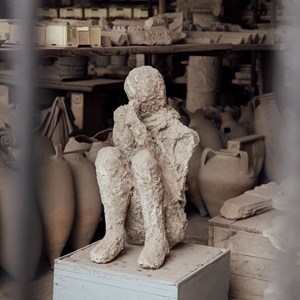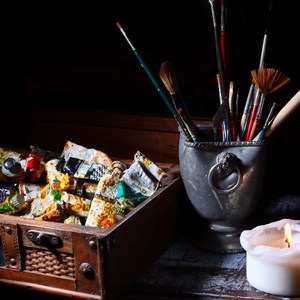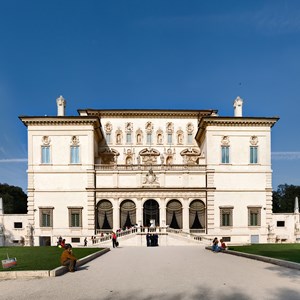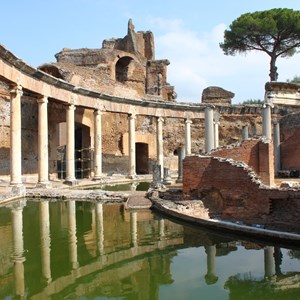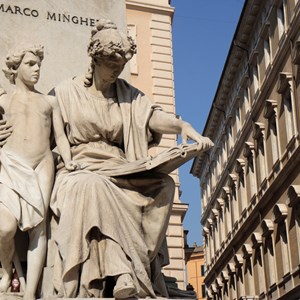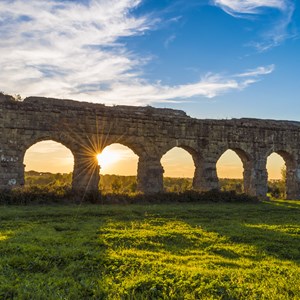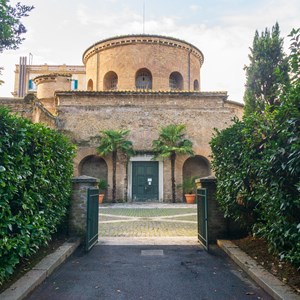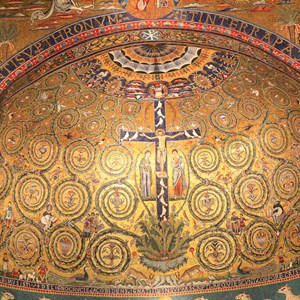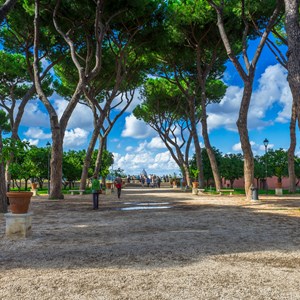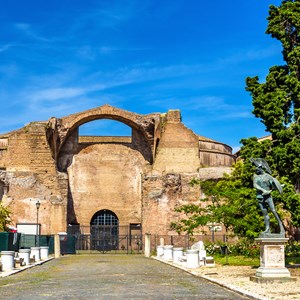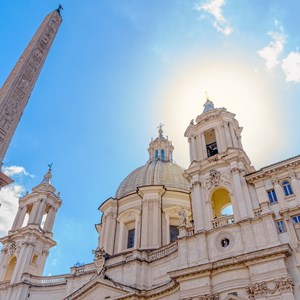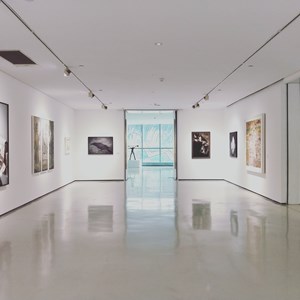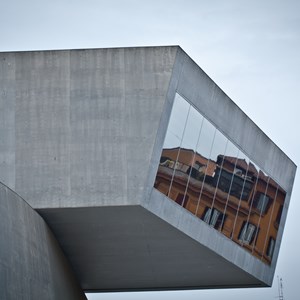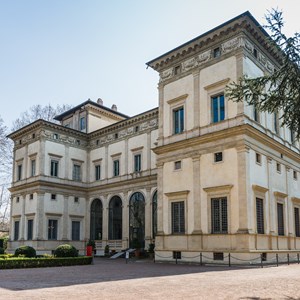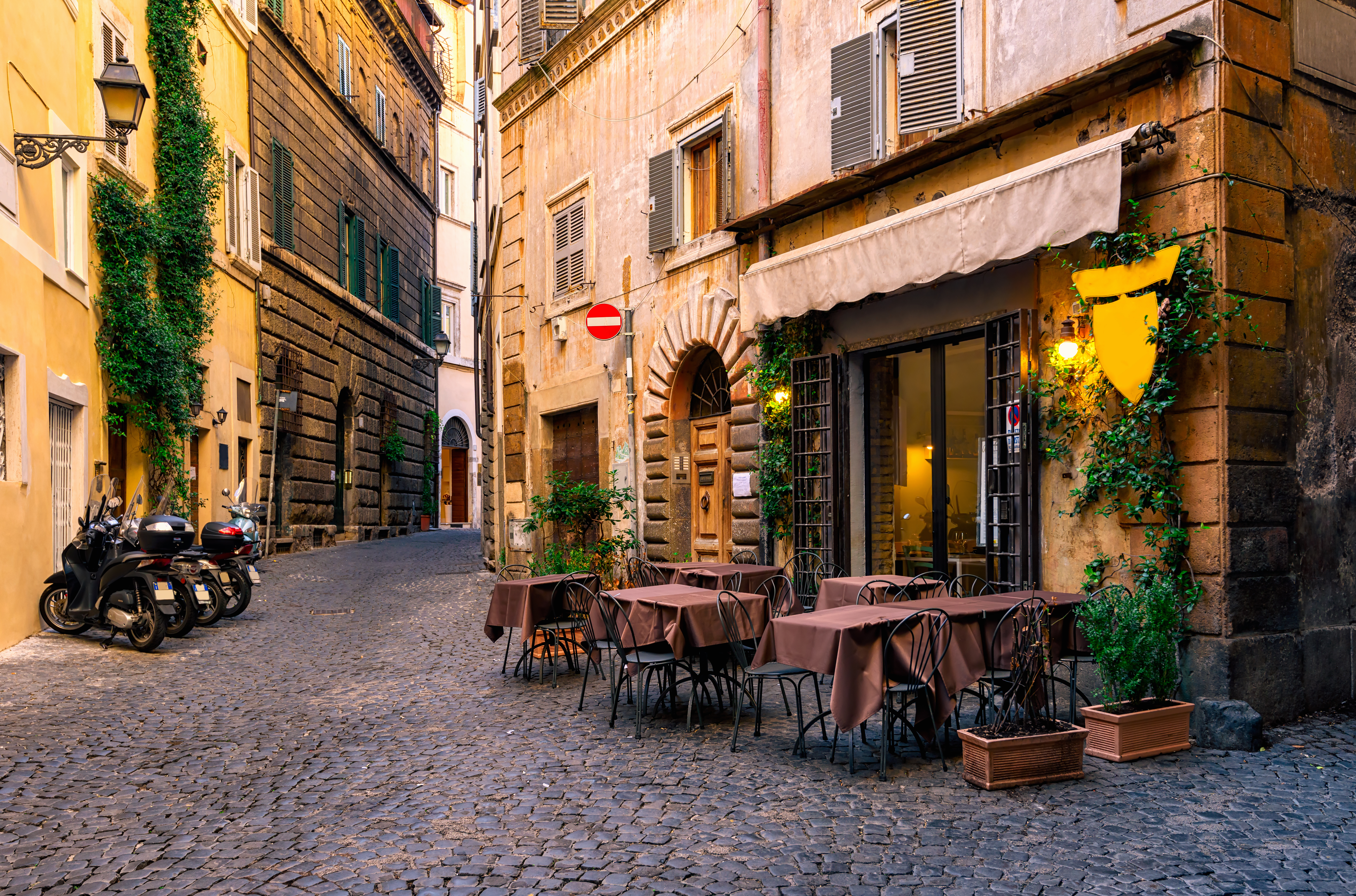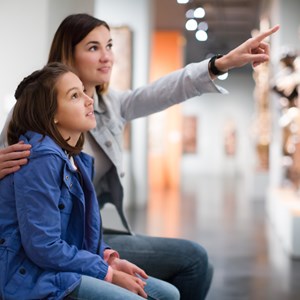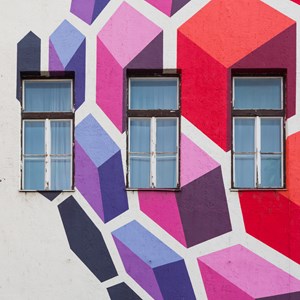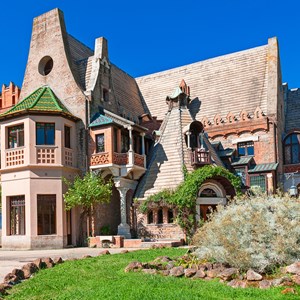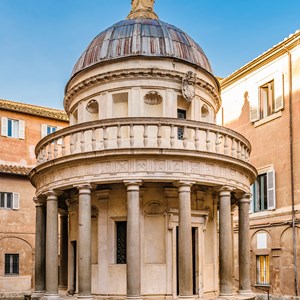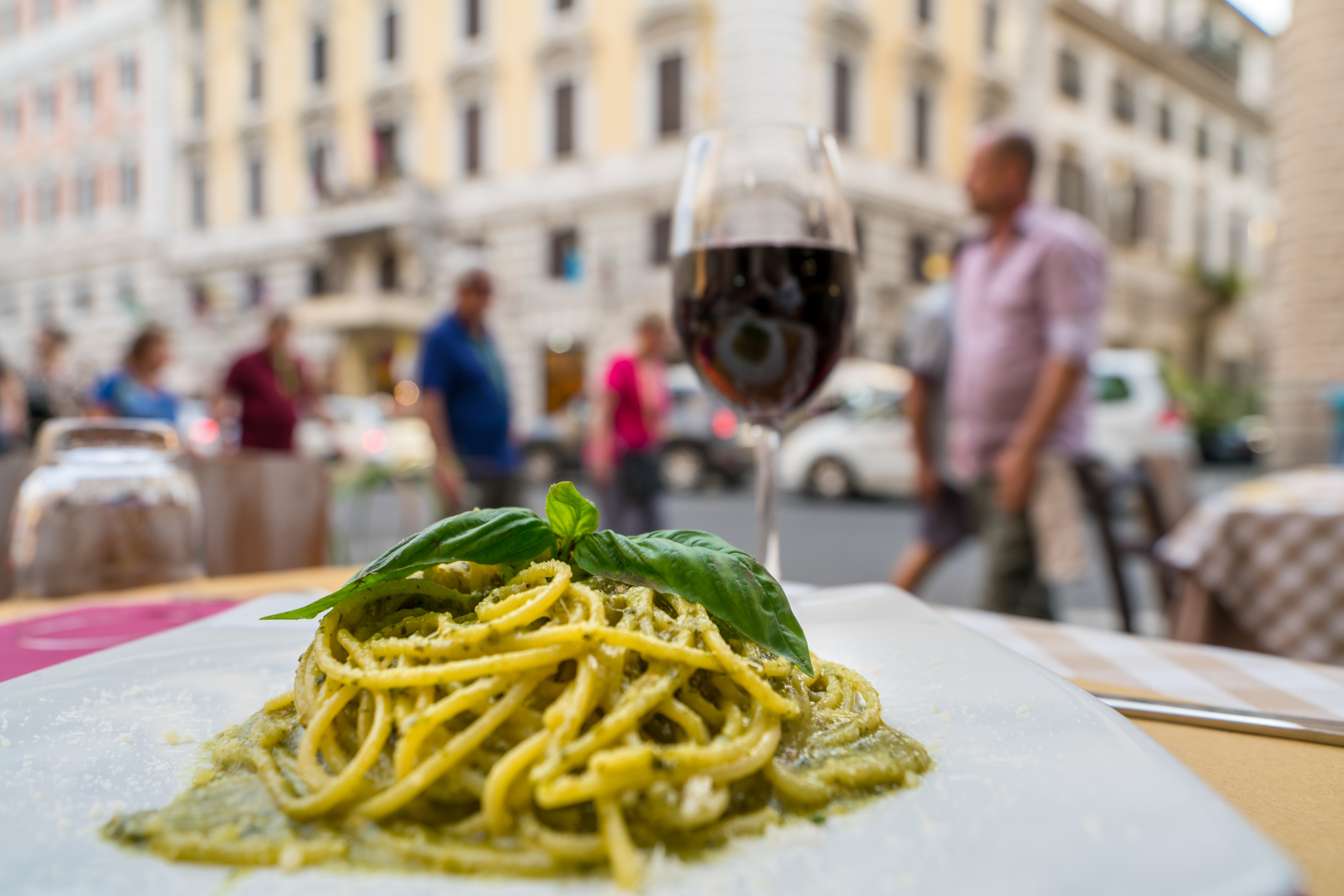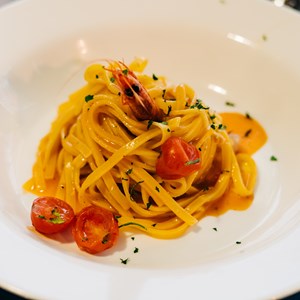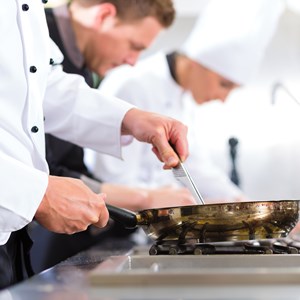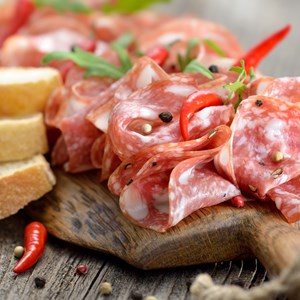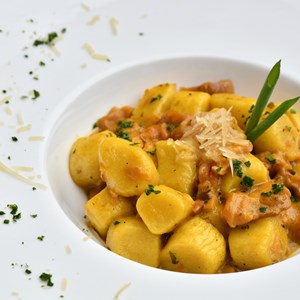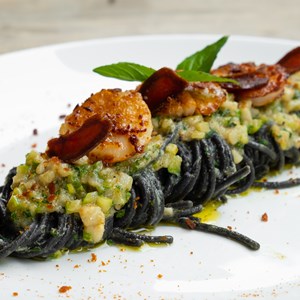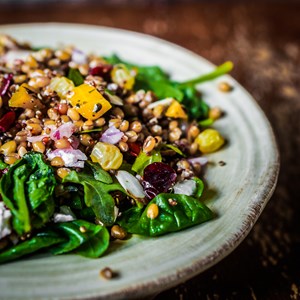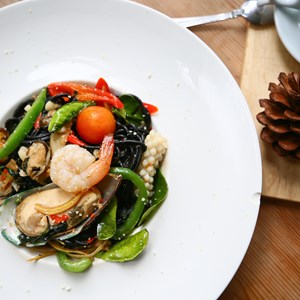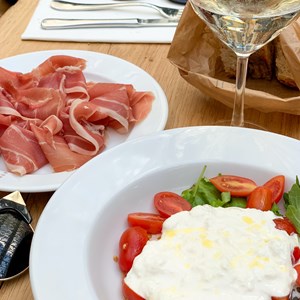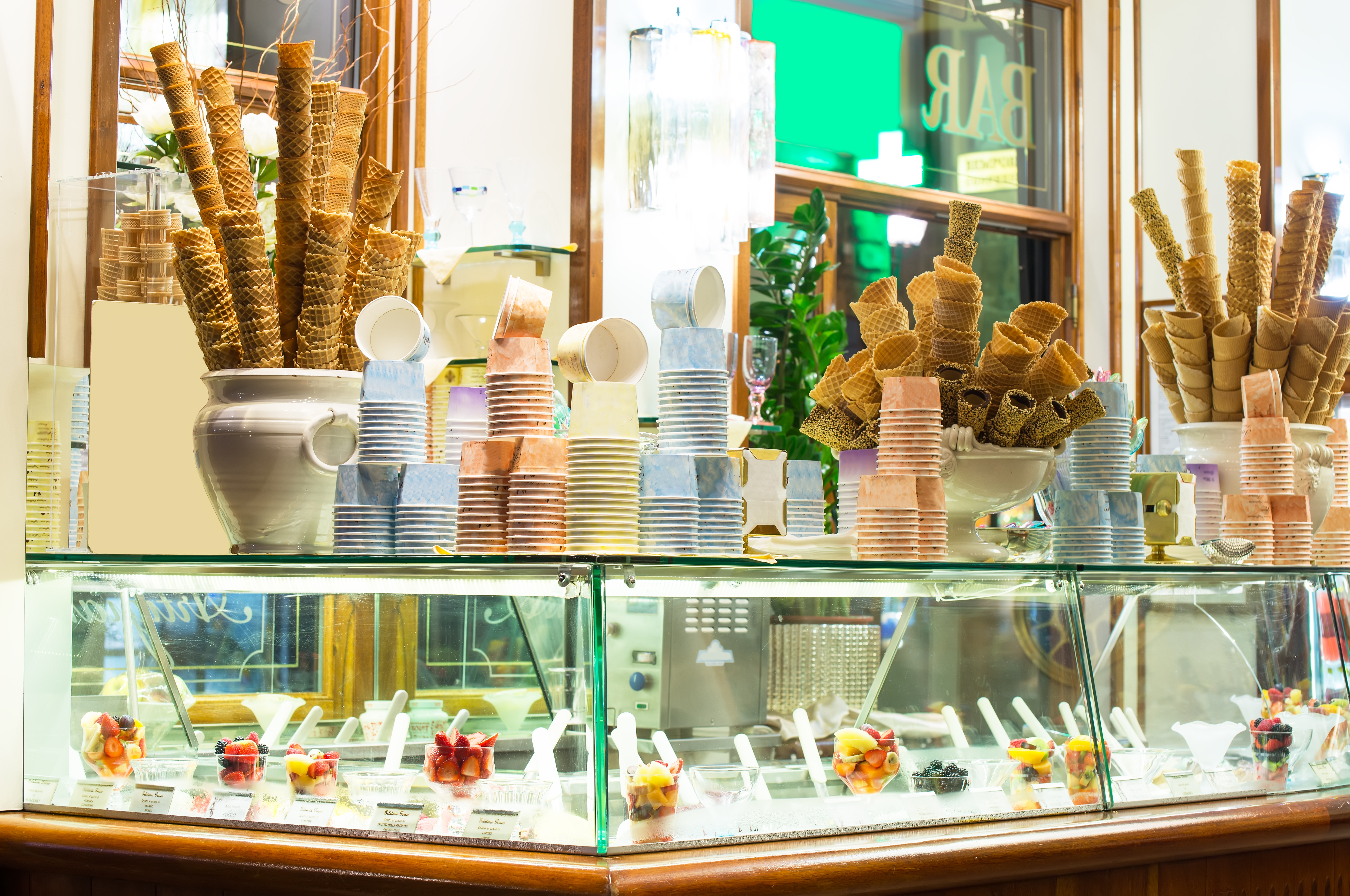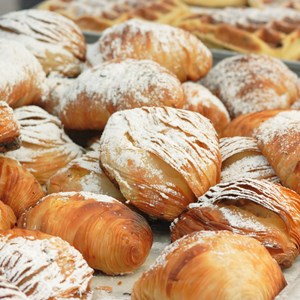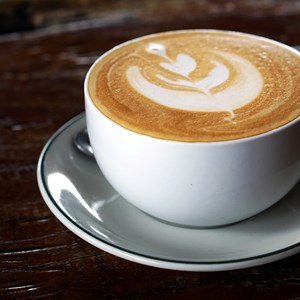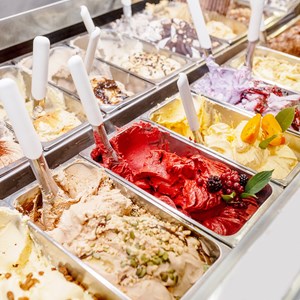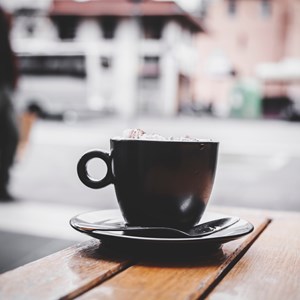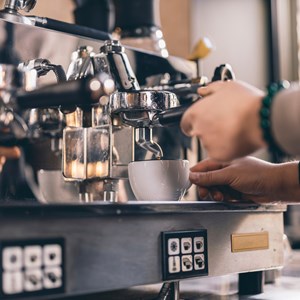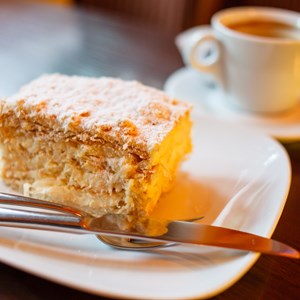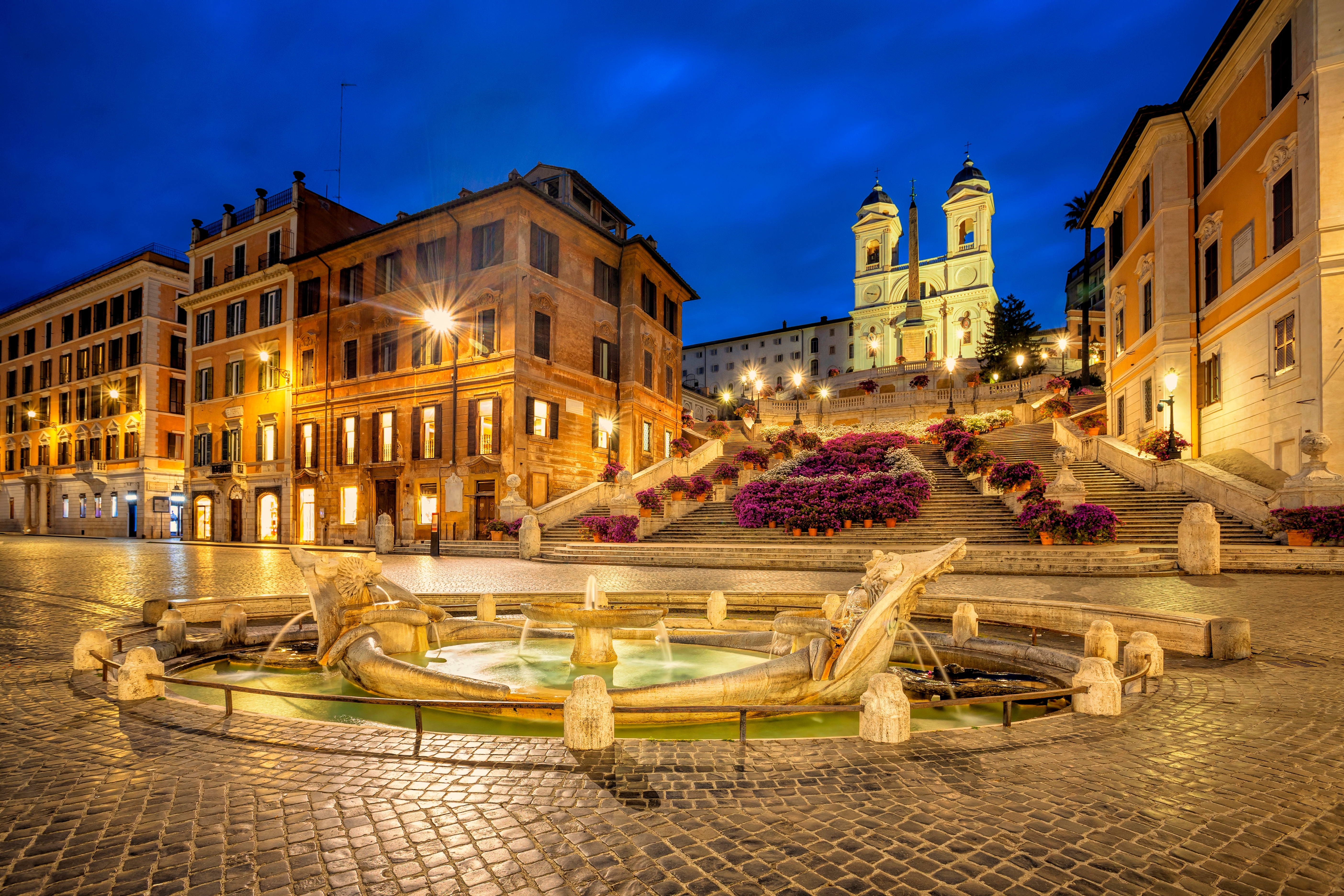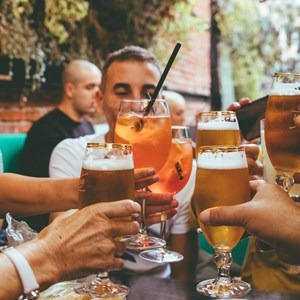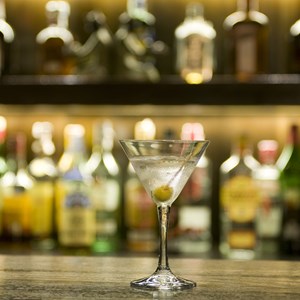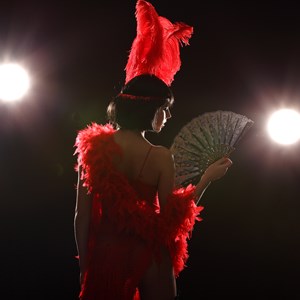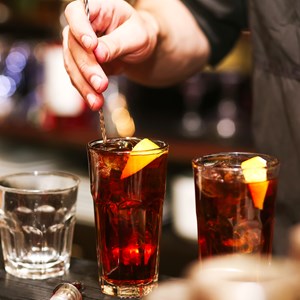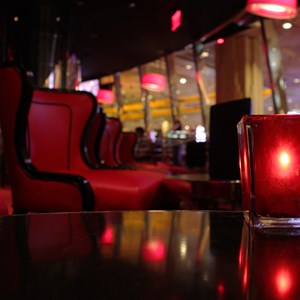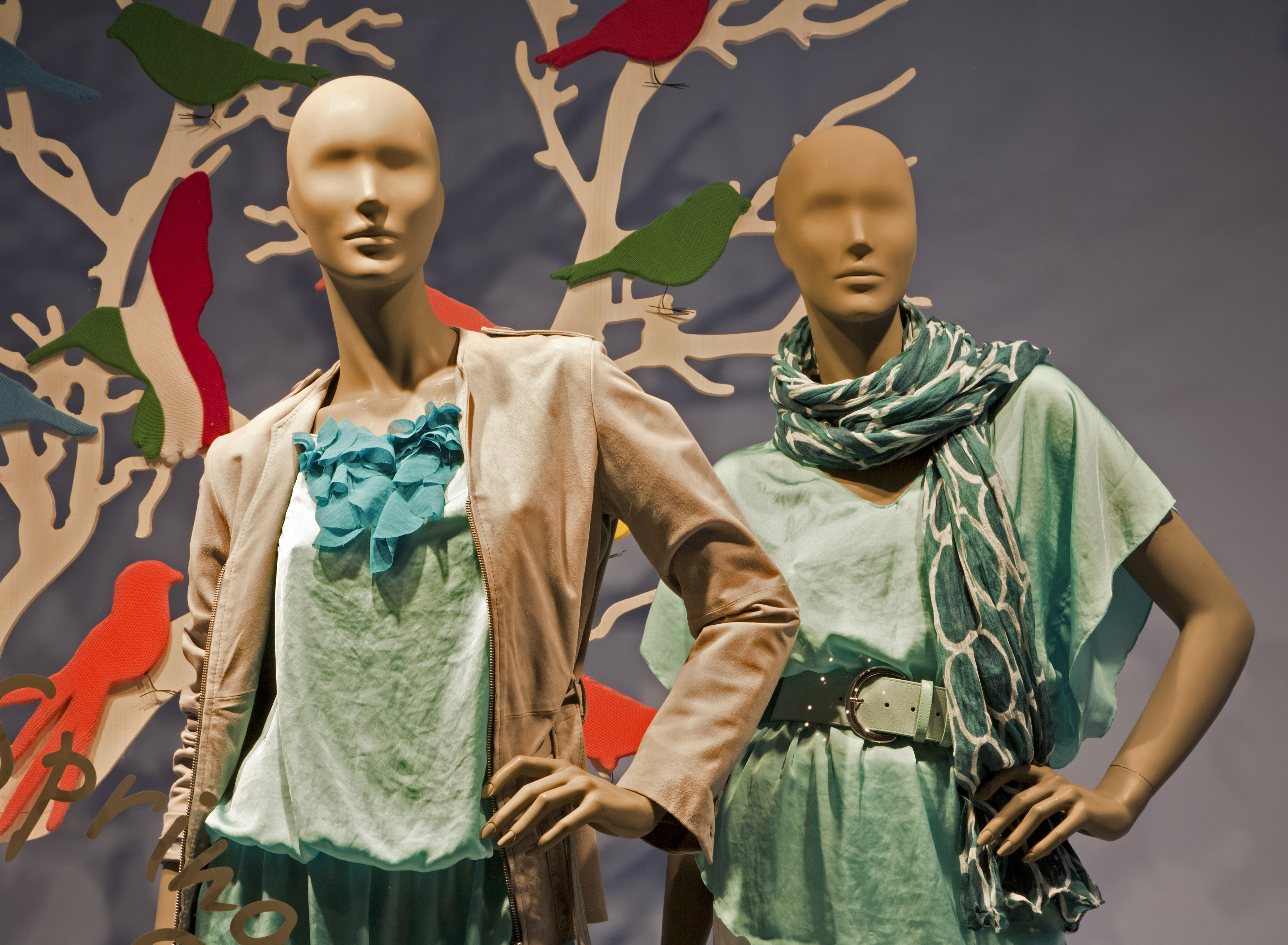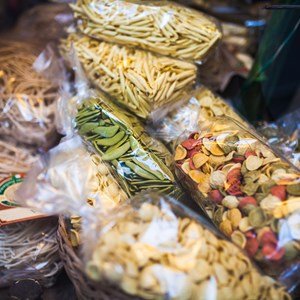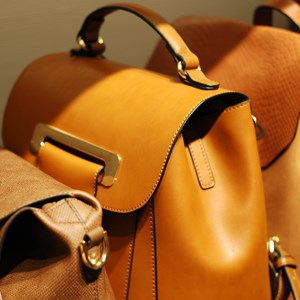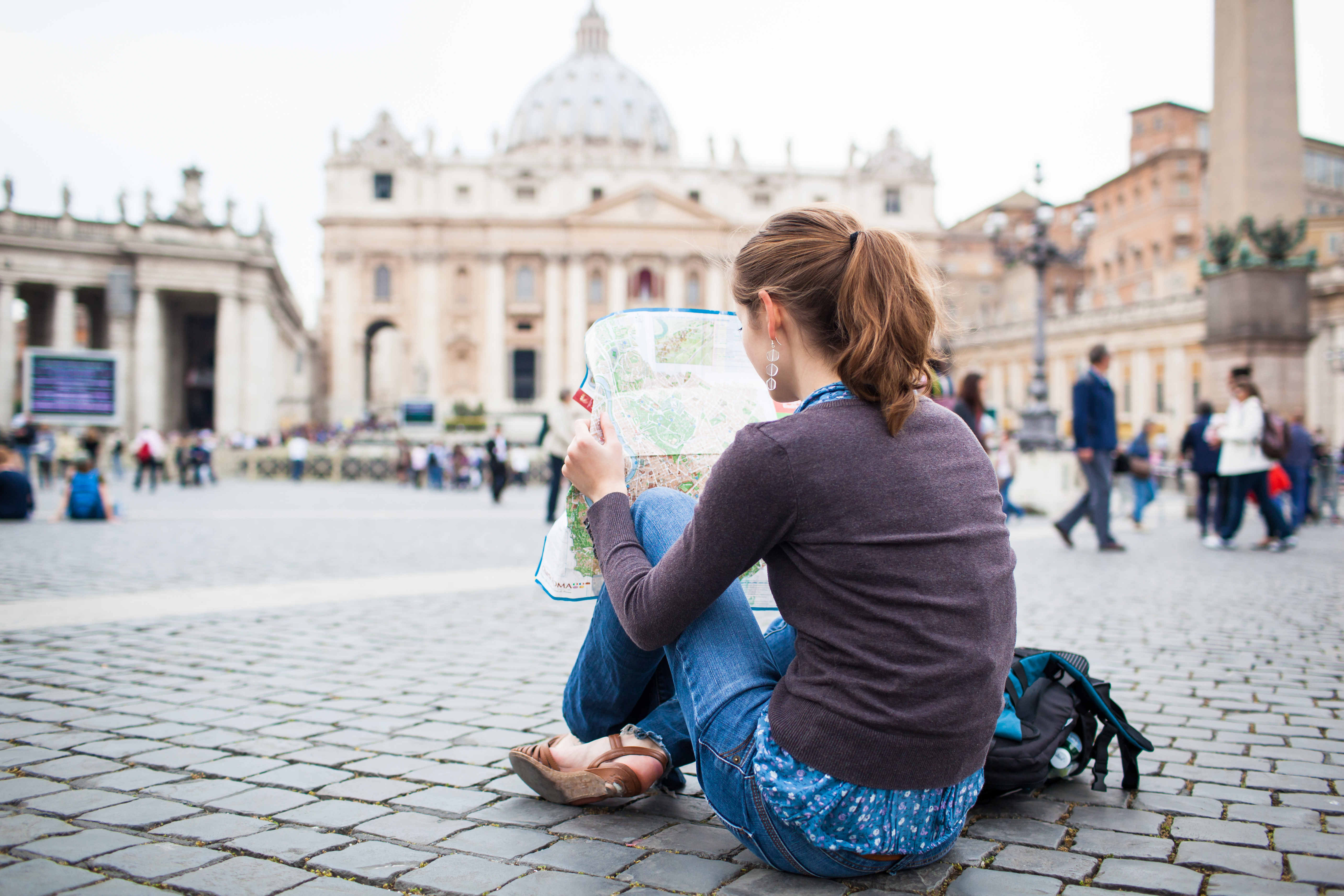

Rome has attracted visitors for over 2,000 years, a city where ancient ruins, grand piazzas, and Baroque fountains sit alongside charming cafés and trattorias. From the Colosseum and Roman Forum to the Pantheon and hidden alleyways, the city brims with history, art, and everyday life. Sip a frothy cappuccino, savour fresh pasta or a creamy gelato, and linger over a glass of wine, Rome invites you to step into the Italian “Dolce Vita.”
The City
Where should one begin to summarise the history of the Eternal City? A good date might be 21 April 753 BC, when Romulus founded the city after murdering his twin brother Remus. During the following centuries, Rome grew into a powerful empire, peaking during the rule of Marcus Aurelius in 161-180 AD.
Like the ancient city, today's Rome is built on seven hills: Capitolino, Palatino, Quirinale, Viminale, Esquilino, Celio, and Aventino. The central area is called Campo Marzio, named after the Roman God of war, and was the ancient army’s training grounds. This is where many of the famous sights are located. Other well-known areas are Trastevere, on the other side of the Tiber River, and Monti. Little Pigneto is considered to be the most typical Roman neighbourhood.
Do & See
Rome is one of a kind. No other city, not even Athens, Istanbul, London, or New York, has as many world-class sites as the Eternal City. Walking down Via del Fori Imperiali towards the Colosseum will impress even the most spoiled and shopping-crazed teenager. The city has so much to offer: besides the Roman heritage, there are also medieval neighbourhoods, well-designed squares, colourful markets, and the Vatican City with St Peter’s Basilica and its incredible museums.
5 Secret Spots in Rome
The vibrant capital of Italy is a unique fusion of rich history, culture, natural beauty, and monuments. It goes much further than the usual tourist sites: delve into Rome's hidden gems that are just a few steps away from the well-trodden paths and monuments.
Dining
Rome’s dining scene covers a wide range, from American steakhouses and Vietnamese kitchens to Michelin-starred fine dining. But when in Rome, do as the Romans do and head for trattorias and unfussy restaurants, where the cooking sticks close to local habits and the atmosphere matters as much as the food.
The Italian word for dinner, 'cena', comes from the Latin convivium, which means 'live together'. Eating is a social get-together, which consists of at least three courses, often even at lunchtime. The Romans do not eat dinner until 9 in the evening.
Roman cooking is straightforward and specific, with dishes like carbonara made with egg, guanciale, pecorino Romano and black pepper, and amatriciana based on guanciale, pecorino and tomato.
Cafés
Rome's coffee culture is steeped in tradition and passion. The city's charming cafés exude an inviting atmosphere, where locals and tourists alike gather to savour the rich aroma and intense flavour of espresso, the quintessential Italian coffee. From bustling streets to historic piazzas, coffee serves as a delightful companion to daily life. Moreover, no Roman experience is complete without a creamy indulgence of artisanal gelato, crafted in a myriad of luscious flavours.
Bars & Nightlife
Roman evenings usually begin with an aperitivo around 7–8 pm, a drink enjoyed slowly, often accompanied by a small plate of snacks. Many people opt for a spritz, a glass of wine, or something non-alcoholic before heading off for dinner later in the evening.
If you’re in the mood to stay out late, Rome’s nightlife tends to pick up after 11 pm. Areas like Testaccio are known for their concentration of clubs and late-night venues, while neighbourhoods such as Trastevere and Monti remain lively with bars where the crowd spills out onto the streets.
Shopping
High fashion shopping in Rome is concentrated on two streets running parallel to each other from the Spanish Steps. Via Condotti is home to Prada, Valentino, Gucci, Armani, and Max-Mara. Over on Via Borgognona, one can find the likes of Dolce & Gabbana, Versace, Gianfranco Ferré, Laura Biagiotti, and Gai Mattiolo. Closer to Piazza Navona is Via dei Giubbonari and its street fashion stores McQueen and Liquid. Also nearby is Via del Governo Vecchio with its elegant vintage fashion boutiques.
When it comes to food, Rome has several notable spots. Salumeria Volpetti, on Via Marmorata 47 in Testaccio, is as close to heaven as you can get. This bustling, high-paced place offers many deli options — Latini pasta from Osimo, salsiccia and spicy sandwich meats. Its speciality, however, is its cheeses, including the Formaggio di fossa, which is matured underground. Another deli to revel in is Castroni on Via Cola di Rienzo, which offers a slightly international selection. Campo de' Fiori is the site of a daily food market that embodies the terms picturesque and colourful. Come early when the shadows are long and the morning is at its freshest. Another nice market, with more of a food hall atmosphere, is Mercato di Testaccio.
Tourist Information
Fiumicino International Airport (FCO)
Rome’s main airport, Leonardo da Vinci (FCO), is located in Fiumicino, 30 km from central Rome, roughly a 30–40 minute drive depending on traffic.
One of the most convenient ways to reach town is the non‑stop Leonardo Express train from the airport station to Roma Termini, which takes 32 minutes and runs every 15–30 minutes. A cheaper alternative is the regional train (FL1) to stations like Trastevere, Ostiense or Tiburtina, useful if your accommodation is outside the historic centre (ticket fares are lower, but you may need a connecting ride). For budget travellers, shuttle‑bus services such as Terravision or similar companies link FCO with central Rome in around 50–70 minutes, depending on traffic.
Address: Aeroporto Internazionale di Roma–Fiumicino "Leonardo da Vinci"
Email:
Phone: +39 06 65951
Website: www.adr.it/fiumicino
More Information: www.trenitalia.com/it.html
Ciampino Airport (CIA)
The city’s second airport, Ciampino (CIA), is situated 12km southeast of central Rome and is mainly served by low-cost and charter airlines. Some of these airlines have their own buses. The regular buses depart from the nearby underground station, Anagnina. A taxi ride from the airport and central Rome takes 20 minutes.
Address: Aeroporto Internazionale di Roma–Ciampino "G. B. Pastine"
Email:
Phone:
Website: www.adr.it/ciampino
More Information:
Best Time to Visit
Rome is a great city to visit year-round, though the experience varies by season. Summer (June–August) brings hot weather and large crowds, with outdoor concerts, open-air film screenings, and Ferragosto celebrations on 15 August, when many locals leave the city. Spring (March–May) and autumn (September–November) are quieter, with milder temperatures, blooming gardens, wine and food festivals, and events like the Rome Film Festival in October. Winter (December–February) is cooler and less crowded, but festive lights, Christmas markets in Piazza Navona, and New Year’s Eve fireworks at Circo Massimo create a memorable atmosphere. For fewer tourists and lower accommodation costs, October to April is generally the best period to visit.
Address:
Email:
Phone:
Website:
More Information:
Frequently Asked Questions about Rome (FAQs)
Is Rome a safe place to visit?
Despite being a major European capital and one of the most visited cities in the world, Rome is a fairly safe city for travellers. However, as with most main tourist destinations, pickpocketing and scams are the biggest concerns here. So be careful with your belongings when taking public transport and around the city's main attractions, and avoid canvassers.
Is Rome expensive?
Yes, Rome is quite an expensive city to visit but slightly cheaper than other European destinations, such as London and Paris, especially when it comes to accommodation. As of today, the average cost per traveller in Rome is between €80-130 per day.
Does Rome have Uber?
Yes, the Uber app does work in Rome, and it is totally legal to take one, despite what a few taxi drivers may tell you. However, because there is no UberX or UberPOOL and only Uber Black, Uber Van, and Uber Lux, fares do tend to be higher.
For more information on how to get around in Rome, read our sections on Taxi and Public Transport.
Address:
Email:
Phone:
Website:
More Information:
Passport & Visa
Citizens of European Union (EU) and European Economic Area (EEA) countries do not need a visa to enter Italy, only a valid ID. Many other countries, including the United Kingdom, United States, Canada, United Arab Emirates, Australia, and New Zealand, benefit from visa-free entry for short stays of up to 90 days within a 180-day period.
Visitors from visa-exempt countries must hold a valid passport and, starting in late 2025, will need to apply for an ETIAS (European Travel Information and Authorisation System) authorisation online before travelling.
For those requiring a visa, such as travellers from some Middle-East, African or Asian nations, a Schengen visa must be obtained prior to arrival. All travellers should ensure their passport is valid for at least three months beyond their intended stay.
Address:
Email:
Phone:
Website: https://home-affairs.ec.europa.eu/policies/schengen/visa-policy_en
More Information:
Public Transport
Getting around Rome is straightforward and affordable using public transport, though much of the historic centre is compact enough to explore on foot. The network includes three metro lines (A, B and C), buses, trams and urban/regional rail, all run by ATAC. Tickets and passes, from 24‑hour to weekly, are available at machines, newsagents and ATAC offices. The metro runs until around 23:30 (later on weekends), while night buses (marked “N”) cover key routes after hours.
For information on fares, routes and timetables, visit ATAC's official website.
Address:
Email:
Phone:
Website: www.atac.roma.it/en
More Information:
Taxi
Official taxis in Rome are all white, with a “TAXI” sign on the roof and the City of Rome emblem plus licence number clearly displayed. You’ll find them at taxi stands near major squares, train stations, and tourist sites; street‑hailing is possible but less common, so using a stand or booking ahead is usually more reliable. App-based booking services like FreeNow and IT Taxi connect you with licensed taxis, while Uber operates only through premium or taxi-based services.
Address:
Email:
Phone:
Website:
More Information:
Post
Post offices in Rome are usually open from 9am to 2:30pm, from Monday to Friday and between 9:30am–1pm on Saturdays. Stamps can be bought at tobacconists that either carry a blue and white "Tabacchi" sign or are simply marked by the ”T” sign.
Address: Poste Italiane — Via di Porta Angelica 23, Rome
Email:
Phone:
Website: www.poste.it
More Information:
Pharmacy
Pharmacies in Rome are easy to spot by their green cross and the word “Farmacia” on the frontage. Many are open during regular business hours, with some larger or central pharmacies operating 24 hours. Keep in mind that prescriptions from abroad may not always be accepted, so it helps to know the generic name of any essential medication.
Address:
Email:
Phone:
Website:
More Information:
Telephone
Country code +39
Rome area code: 06 (also dialled in Rome)
If you call Italy from abroad, you must always dial zero in the area code (do not omit it as is the general practice when making international telephone calls), e.g. +39 06 + the number.
Address:
Email:
Phone:
Website:
More Information:
Electricity
Italy uses the Type F electrical sockets with two round holes, the same as in many countries in Continental Europe. You will also encounter Type L sockets with three round holes arranged in a line. A “universal“ socket, that accepts Type C, E, F and L plugs, is commonly used in Italy.
The standard voltage is 230 volts, but some hotels have special plugs for 110 or 120-volt shavers.
Address:
Email:
Phone:
Website:
More Information:


